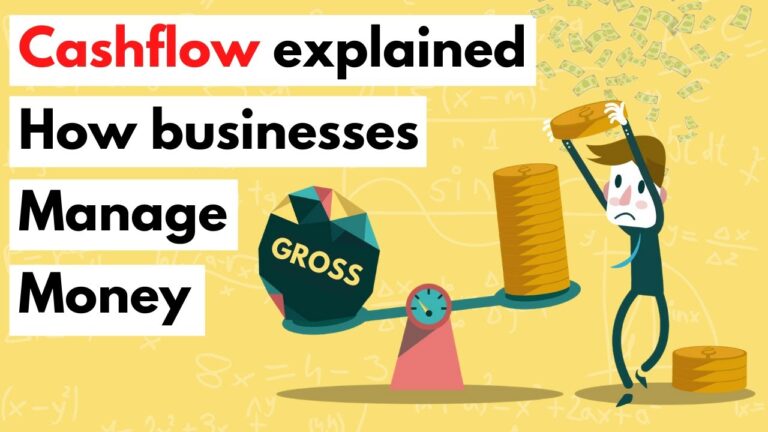Creating a successful sales funnel is a great way to increase your customer base and generate more revenue. It requires careful planning and research, as well as a thorough understanding of the customer journey. In this article, we’ll look at the steps you need to take to create a successful sales funnel and maximize your return on investment.
Step 1: Identify Your Target Audience
The first step in creating a successful sales funnel is to identify your target audience. Who are the people you want to reach with your product or service? What are their needs and interests? Knowing your target audience will help you create content and messages that are relevant and resonant with them.
Step 2: Develop a Compelling Offer
Once you know who your target audience is, you need to develop a compelling offer that will entice them to take action. Your offer should be specific and attractive enough to convince potential customers to take the next step. You can use discounts, free trials, or other incentives to encourage customers to move further down your sales funnel.
Step 3: Create an Engaging Landing Page
Your landing page is the first point of contact with potential customers, so it’s important to make sure it’s engaging and persuasive. Your landing page should include a clear call to action, along with information about your offer and how it can benefit your customers. It should also include social proof, such as customer testimonials, to help convince potential customers that your offer is worth their time.
Step 4: Create an Effective Lead Nurturing Strategy
Lead nurturing is an important part of any sales funnel. You need to create an effective strategy for reaching out to leads and engaging them in a meaningful way. This could include sending automated emails, offering helpful content, or running targeted ads. You should also track and analyze your lead nurturing efforts to see which strategies are working and which need to be improved.
Step 5: Optimize Your Funnel for Conversion
Once you have created your sales funnel, it’s important to optimize it for conversion. This means testing different elements, such as copy, images, and CTAs, to see which ones perform best. You should also monitor your funnel for any bottlenecks or areas where customers are dropping off. By optimizing your funnel for conversion, you can ensure that more of your leads are converting into customers.
Step 6: Measure and Analyze Your Results
Finally, you need to measure and analyze your results to see how successful your sales funnel is. Track key metrics, such as conversion rates, leads generated, and revenue generated, to get an accurate picture of how your funnel is performing. You should also compare your results to previous campaigns to identify areas of improvement.
Creating a successful sales funnel is an important part of any business’s growth strategy. By following the steps outlined above, you can create a funnel that will help you reach more customers and generate more revenue. Take the time to research and plan your sales funnel carefully, and you’ll be well on your way to success.




